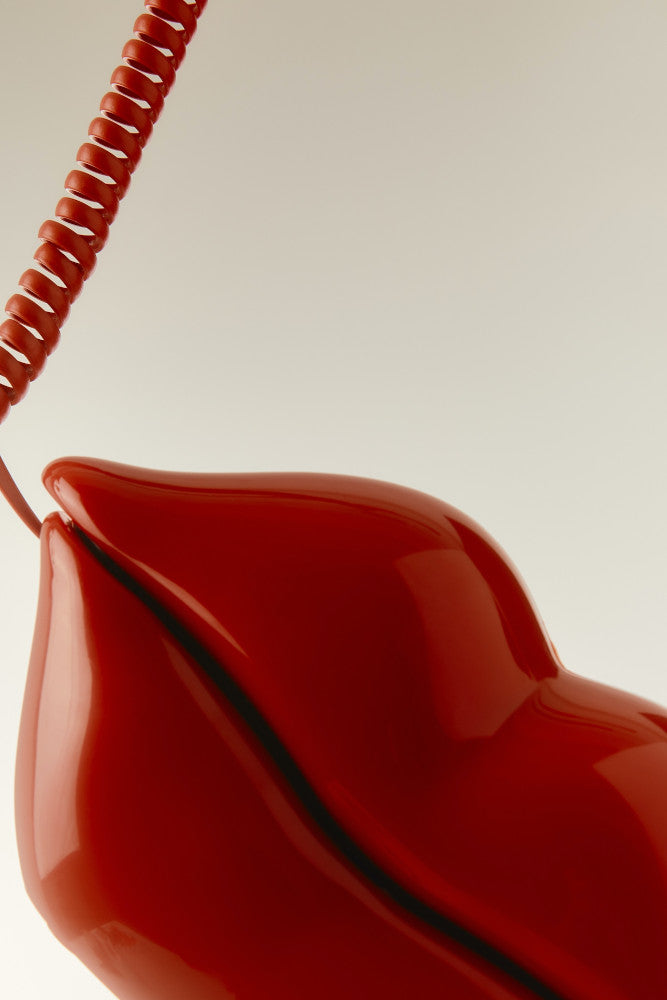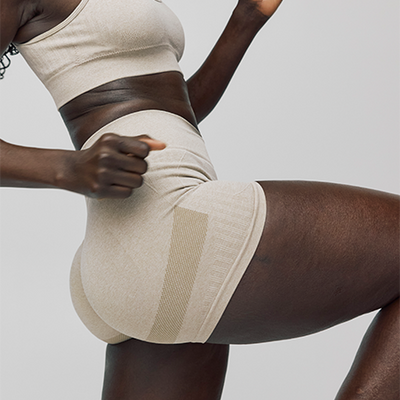

Vagina Diagrams
The vaginal cavity is small. It includes a narrower canal (the vaginal canal), leading to a “fornix” or larger area, just below the cervix. Your uterus hangs down into the vaginal cavity, with its opening, the cervix at the lowest point.The cervix is the sphincter of the uterus. This means it is a tight, muscular opening which will not allow tampons/menstrual cups/menstrual discs to pass through. A gradual drip of menstrual fluid passes through when you get your monthly period.
So, where does the menstrual cup sit? And can we show you a diagram of a menstrual cup being positioned?
Yes!
DIVA Cup Diagram
The DIVA Cup is folded and inserted through the vaginal opening. Once inside, it is rotated and pops open to be held in place, low in the vaginal canal, by the pelvic floor muscles—just high enough that the stem doesn’t stick out beyond the labia, leaving roughly ½ inch between the stem and the vaginal opening.
If it protrudes beyond the vaginal opening, it can cause irritation. If you experience this, trim the stem the correct amount.
How Far Should I Insert a Menstrual Cup?
Finding a comfortable position is unique to your anatomy and will take some trial and error. Wash your hands, fold the cup, and slide the rim of the cup through the vaginal opening. From here it will take some experimenting to figure out how far it should go in before it can be rotated and open up to create a seal with the vaginal walls. Remember, the vaginal canal is not very long. The DIVA Cup only needs to be inserted high enough to be comfortable, without moving beyond reachability of your index finger.You should be able to grasp the stem and the base of the cup to pinch and release it. Never remove your DIVA Cup without pinching to break the seal first.
How to Remove a Menstrual Cup
Although your menstrual cup doesn’t come with a string, that doesn’t mean it has to be any harder to remove.One of the helpful things about menstrual cups is that they are made from soft and flexible, 100% medical grade silicone. Once inside the vagina, it should be well lubricated, making for a smooth and easy removal. Simply grasp the base of the cup, pinch to release the seal, and then shift the cup gently from side to side as you slide it out, keeping the cup upright until it emerges.

12 Hours of Protection
How to use the DIVA Cup comes from experiencing it yourself. Likewise, knowing when to empty it will depend on your individual flow volume, level of activity and routines.Some consumers report being able to feel when it's almost full! Other times, you may have to base how frequently it needs to be changed on which day of your cycle it is, or preemptively empty it when you know you won’t be able to for several hours.
How This Differs from a Tampon
Tampons are also inserted through the vaginal opening. The applicator (or your finger, if using one without an applicator) extends into the vaginal canal. The tampon is pushed through the applicator and placed high in the vaginal canal to absorb menstrual fluid. The string hangs down and out the vaginal opening for easy removal. If your tampon is not placed high enough, it might feel noticeable or uncomfortable.Both a menstrual cup and a tampon are placed in roughly the same position—they just have slightly different mechanisms for removal.
Menstrual Disc Diagram
With a menstrual disc, it is placed higher up in the vaginal fornix, where it surrounds the cervix to collect menstrual fluid without a seal. It is held in position by propping the rim of the disc up against the pubic bone for a secure fit and up to 12 hours of leakproof protection.
Yes, we said higher! But again, there’s no place for the DIVA Disc to get lost, as the vaginal cavity is closed off from the rest of the body by the cervix.
Although the placement is slightly higher than a tampon, the DIVA Disc is also made from soft, flexible 100% medical grade silicone and has anti-slip pull-tab (!), making it easy to bend and remove a menstrual disc.
Diagrams can be so helpful! Especially when it comes to our internal anatomy. If you have any additional questions about reusable menstrual cups or discs, or learning to switch from a tampon to reusables, reach out to our Consumer Experience Team—with even your most “TMI” seeming questions.















